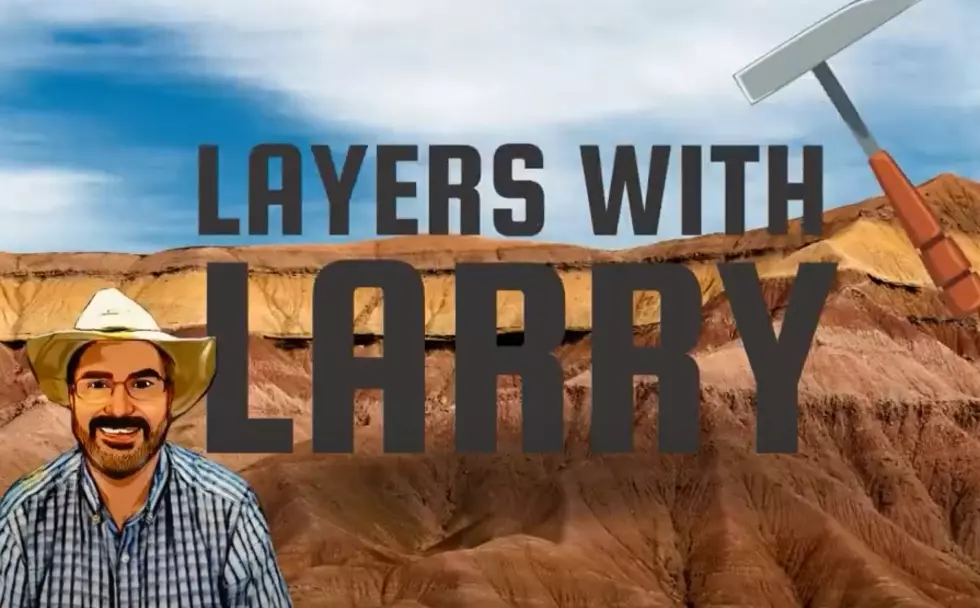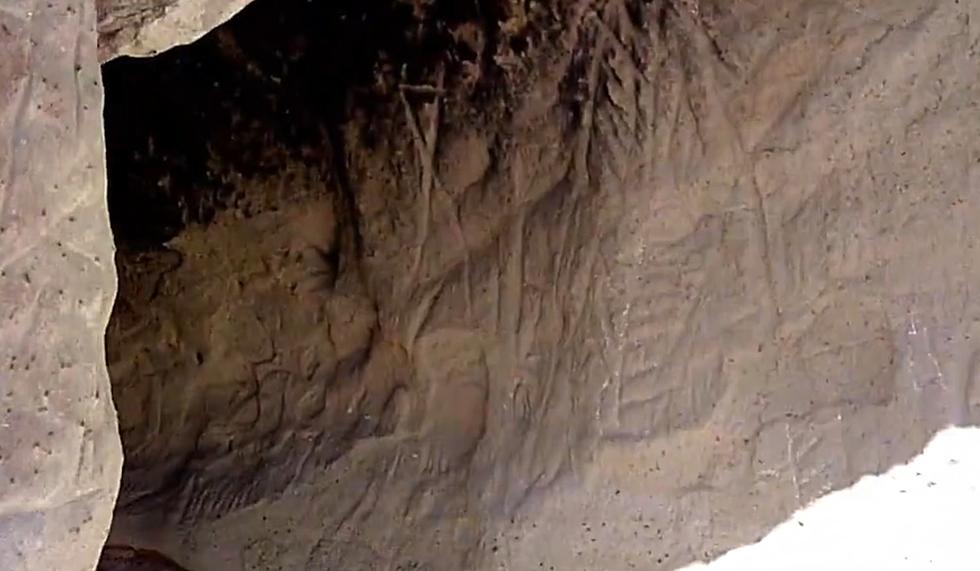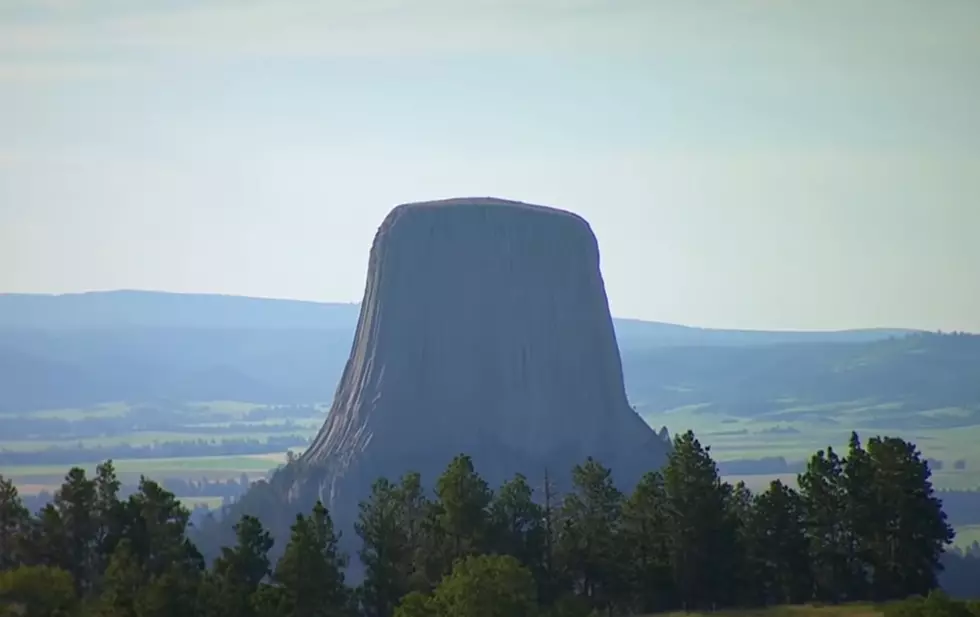
Wyoming’s Most Feared Tribe: The Mysterious Snake Men
They were so feared that at one time a war party of 2000 went looking to confront them only to turn around and flee, without ever having seen them.
The "Snake People" of Western Wyoming and other unknown parts of the Rocky Mountains had descended on the villages of other tribes in the area and wiped out everyone except the women and children, who they took as slaves.
Back then women and children were often traded with other goods, along with furs, spears, and horses.
Later, when the French and Spanish explorers came to the area, and even tried to settle, they sold some of those slaves to them.
So who were these feared "Snake Men?"
Snake Indians is a collective name given to the Northern Paiute, Bannock, and Shoshone Native American tribes.
This map, from Wikipedia, shows the territory of the Snake Men.
The first time the white man came across them was in the territory we now call Wyoming.
The term was used as early as 1739 by French trader and explorer Pierre Gaultier de Varennes, Sieur de la Verendrye. He wrote about Gens du Serpent ("Snake people") from the Mandans.
As far as we know, today, Pierre Gaultier de Varenne was the first to write about what we now call the Shoshone people. The term "Snakes" was also used when the Shoshone people were described by British explorers David Thompson and Anthony Henday.
The young Indian girl Sacagawea, who helped Louis & Clark look for a pathway to the west coast had been taken as a slave by the Shoshone when she was a little girl.
She and her tribe were camped by a river. Most of the braves were away hunting when "The Snake Men" attacked. They killed everyone, including old people, only leaving the healthy young women and children alive.
The child called Sacagawea was taken with the others as slaves.
Later Sacagawea was sold to a Frenchmen. She was his slave for a while, but then they fell in love and she married him.
Louis and Clark found her valuable because, if you look at the territory map above, you'll see that when she was a slave of the Shoshoni she lived where Louis & Clark wanted to travel through.
This term was widely used by American immigrants and they too feared the tribe that mostly went unseen.
You can learn a bit more about this mysterious tribe in the video below.
The term "Snake Indian" became broader as it later included the Northern Paiute tribes found in the basins between the Cascade Mountains and these valleys in Oregon and northern Nevada and northeastern California.
Later the U.S. Army fought these Indians in the Snake War.
A New Book About Wyoming's Big Nose George
Wyoming Mountain Man Convention
More From 104.7 KISS-FM









